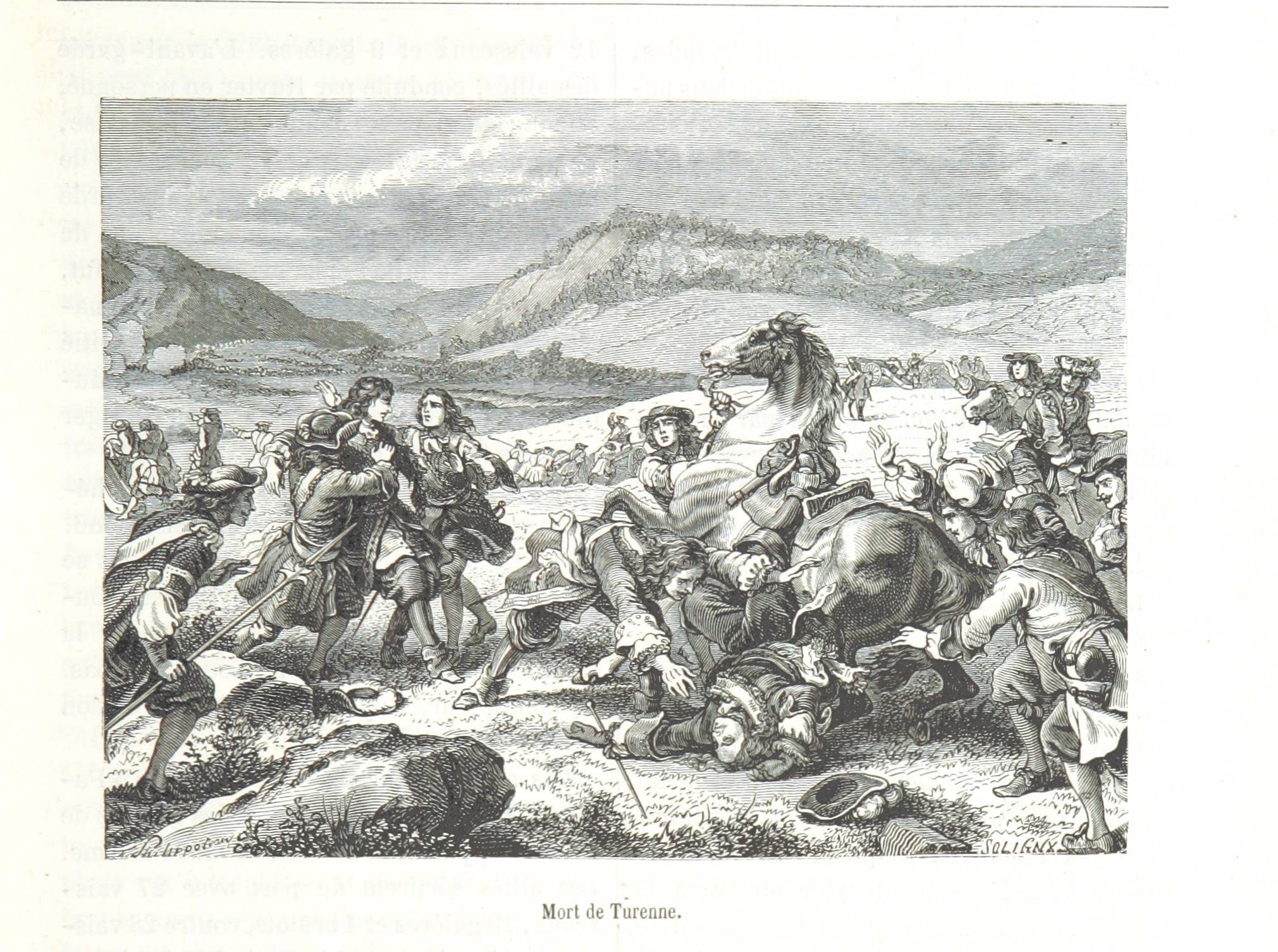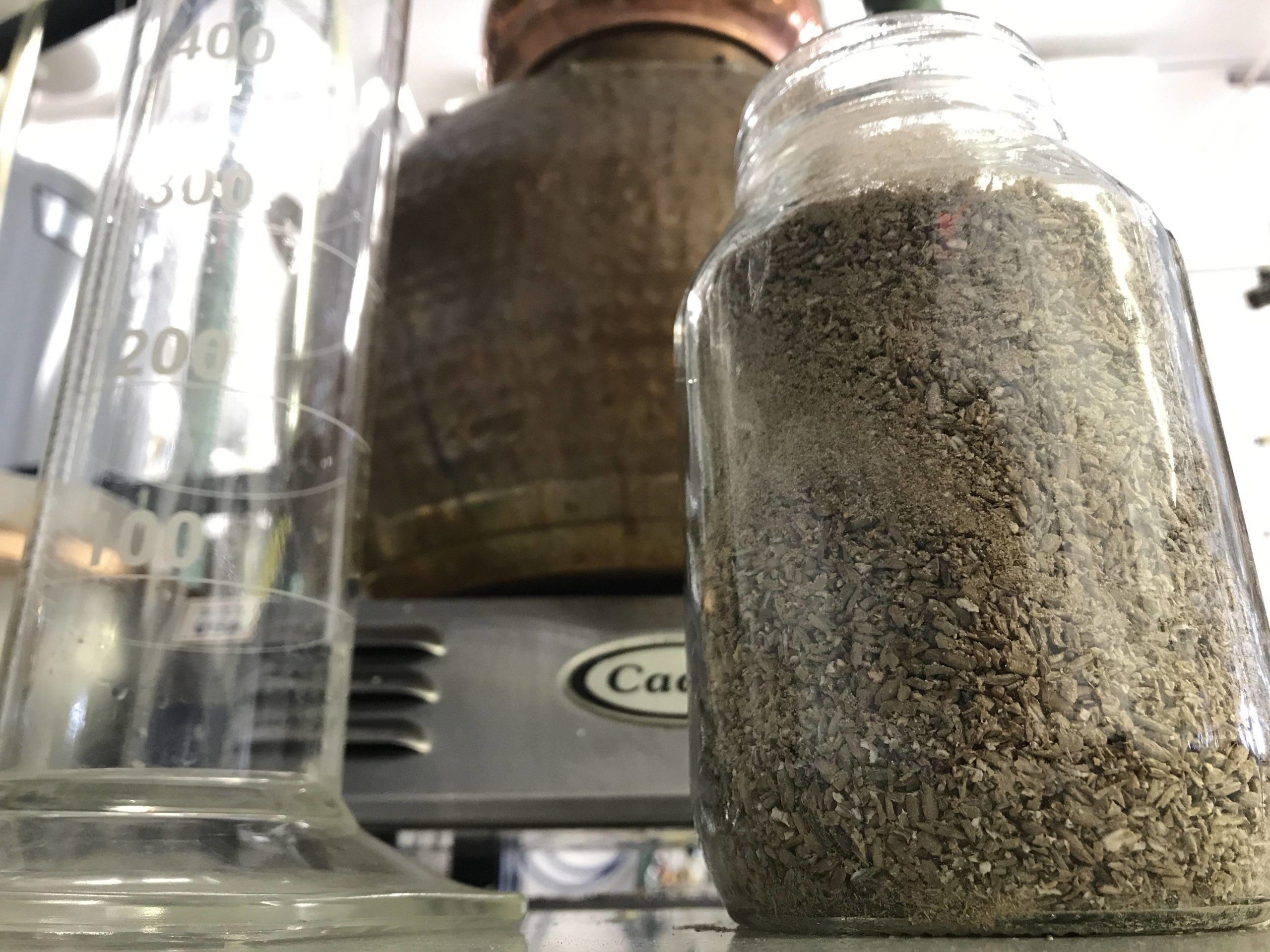 Generations of Genever
Generations of Genever
Tenth Ward Revives Gin’s Forebearer
By Mark A. Vierthaler, Head Distiller, Tenth Ward Distilling Company
The first notes of the spirit spread across your palette. You’re immediately wrapped in a warming blanket of chocolatey grain and malt. Then across the back you begin to notice… pine? There’s a hint juniper there. Followed quickly by the the familiar ballet of botanicals of gin.
It’s a bit more whiskey than gin. It’s genever. It’s gin’s grand pappy. And we’re making some. And we really want you to try it.
(And we’ll even learn you on proper tasting techniques afterwards!)
The History of Genever
Much like trying to take a tennis ball from an excitable labrador, tracking down the true history of genever is massively difficult, an exercise in futility, and ultimately leads to bruised egos and a fight with a spouse.
The apocryphal story is that Dr. Sylvius de Bouve at the University of Leiden in Leiden, Netherlands first manufactured genever in the late 17th century while seeking a cure for stomach and kidney disorders. Neat and tidy story, no?
Ah, but we’re here for the much messier truth. Genever was made for years and years before Dr. Bouve was even born, with distilled juniper eau de vie appearing in print as a medicine as far back as 1552.
One thing we do know for sure – it was originally prescribed as medicine before the drinking public realized the malty, resinous tipple was pretty wonderful in and of itself.
So, how did genever become gin? War makes strange bedfellows. Or drinking buddies, rather.


The English and Dutch fought side-by-side during the Thirty Years’ War (1618-1648). It was during that conflict that British soldiers began to notice their fellow Dutch soldiers found their proverbial loins quite girded after taking a shot of this strange flavor spirit known as “genever.” Those British soldiers brought their taste for genever back with them upon the end of the war.
At the same time distillation technology was improving, allowing distillers to create more neutral, higher-proof spirits. Yadda yadda yadda, the English began distilling their own version of genever (eventually shortened to simply gin) with these neutral spirits. The end result – a drier, more piney spirit that would become London Dry Gin.
Tenth Ward’s Genever Process

For Tenth Ward’s genever, we’re taking a 100% malted rye mash bill and distilling in the traditional Dutch style.
First, we take 100% malted rye grown by our farmer Rusty and malster Aryel at their farmabout 30 miles away from Frederick. The fermentation then usually takes between five to six days – where at the end of fermentation we’re left with a wort around 9% ABV.
We’ve specifically chosen rye for three big reasons.
- A 100% rye mash creates a beautiful black-pepper like spice that remains pronounced through multiple distillations
- Maryland’s close association with rye whiskey.
- Rye was traditionally one of the grains (along with barley and wheat) utilized by the Dutch in the 17th-19th century while making traditional genever.
The fermentation – grain and all – then goes into our kettle for the first pass through the pot still, called the ruwnat (raw liquid). In American distillation parlance, this is what we would typically call a stripping run. This typically results in a 15% ABV low wine.
These low wines get fed through the pot still again for the second distillation, known as enkelnat (single liquid). This brings to the distillate to around 25% ABV, or 50 proof. The third distillation is called the bestnat (best liquid), reaching around 45% ABV (90 proof).
No cuts are made during the first two distillations, furthering concentrating the heads and tails each time. The third distillation we finally make the heads and tails cut for that wonderful malty ethanol.
The fourth and final distillation is korenwijn (grain wine), where we add the botanical blend to our malt wines (what is essentially new make whiskey), make a quick foreshots cut and then a tails cut when it begins to come out bitter. This perfumed spirit is then blended with neutral cane spirit, proofed down, and bottled.

The 3 You’ll be Sampling:
By now you’ve probably seen our invitation to join us in helping decide on our final genever recipe. We’ve spent the past several months dialing in three separate genever recipes that we’re super pleased with.
But because we don’t want to muddy our experiment, we’re not going to tell which number is which or who is in the what in the witchway. Which is to say – We know which ones you’re drinking. You won’t.
What I can tell you is this – two of the three genevers utilize a 100% malted rye mash bill. One of them, however, utilizes a triple grain mash bill with malted rye, malted barley, and our famous smoked corn.
Each recipe is also built from a traditional genever botanical bill – including juniper, angelica root, orris root, and coriander. But we are Tenth Ward afterall. And it’s not enough to simply repeat what has been done before us. We honor the traditions behind us by paying homage to the classic distillation techniques, but then we give the middle finger to propriety.
Expect to find such native Maryland botanicals as chicory, roasted jerusalem artichoke, persimmon and virginia pine. Each genever batch will have different proportions and different ingredients. And we want you to tell us what you love.
We can’t wait to see you.
Veri Nominis
Technically what we’re making is a genever-style gin. Why? Well, because the regulatory body that lets us name our spirits doesn’t define genever. And technically genever can only be made in a handful of places within the EU (specifically Belgium, the Netherlands, Nord and Pas-de-Calais in France, and German Bundesländer Nordrhein-Westfalen and Niedersachsen in Germany.)
So while it looks like a genever, tastes like a genever, and is distilled like a genever – it’s legally technically your drunk English uncle who likes to get dressed up in lederhosen every year during Oktoberfest in spite of everyone’s protestations.




